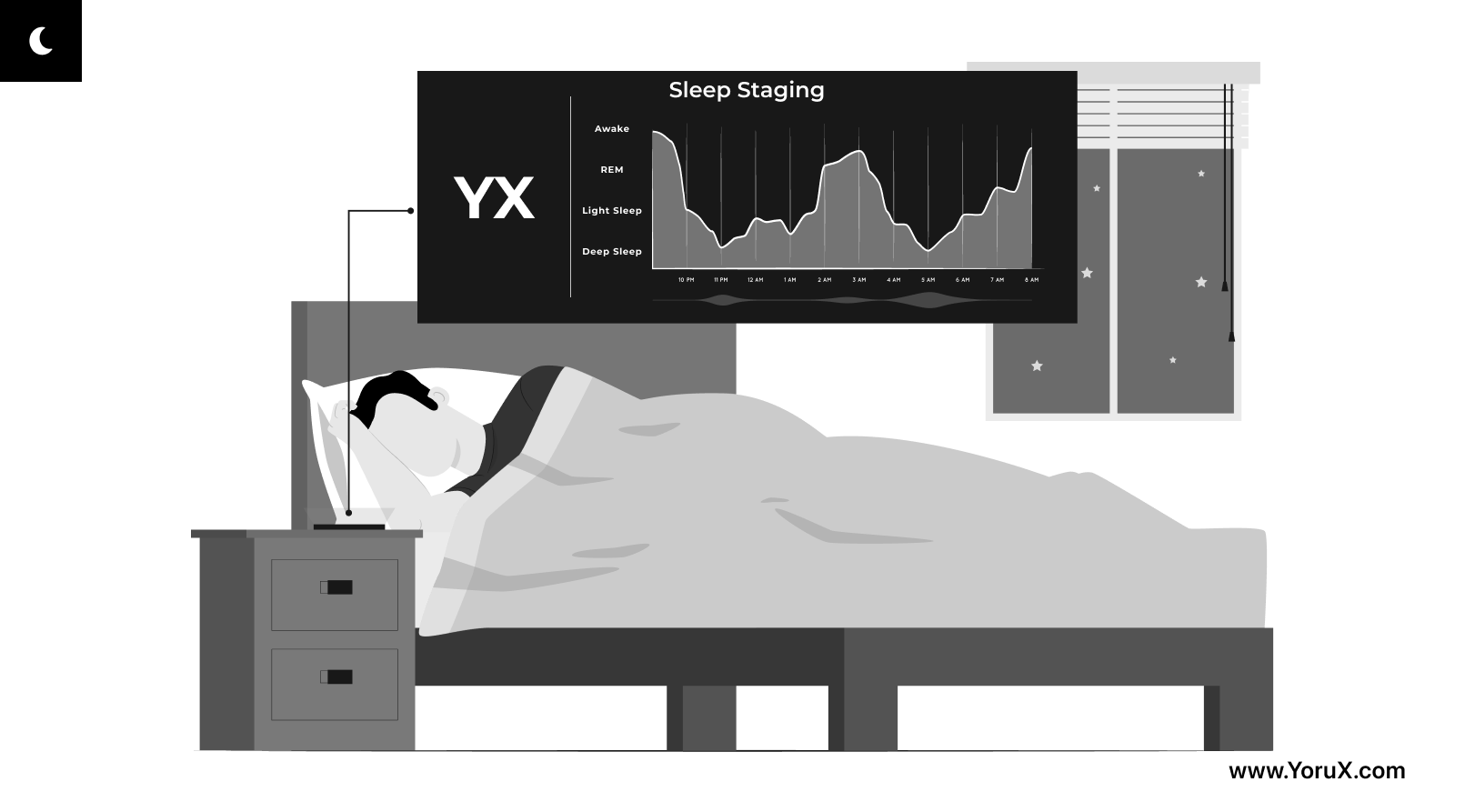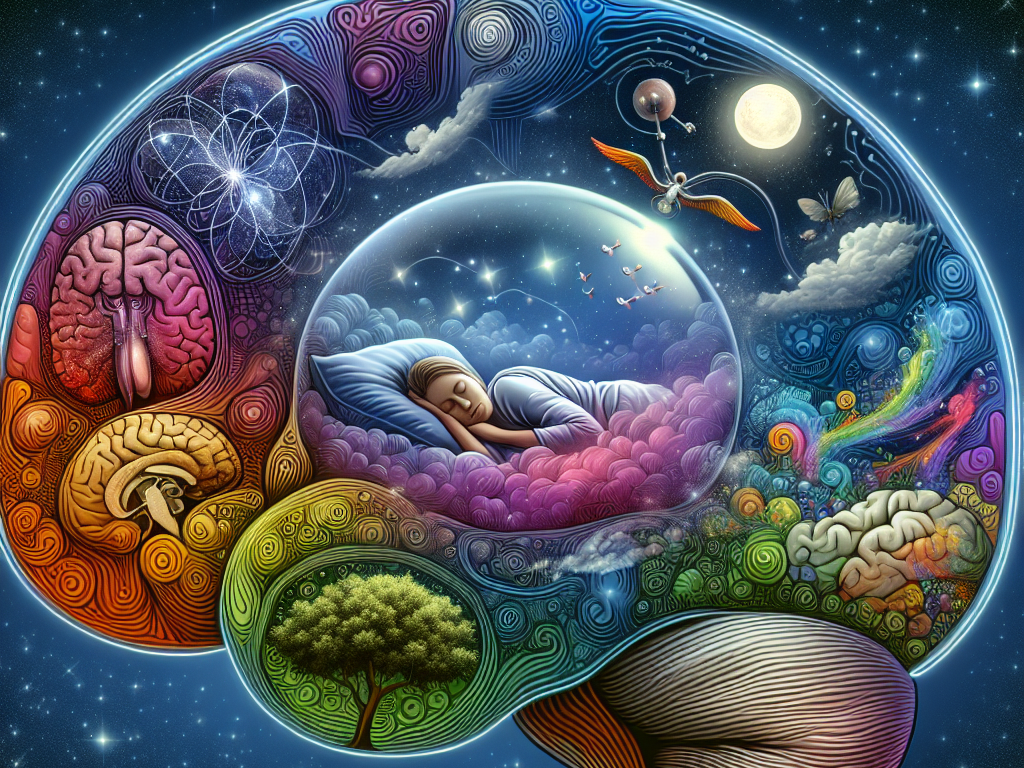
When you go to bed, you might think you undergo a continuous state of sleep. It makes sense. When you’re awake, you are constantly conscious, so when you’re not, you should constantly be unconscious or sleeping. Right?
Well, not exactly.
As you travel into your nightly adventures, your brain travels in and out of various sleep states. With periods lasting approximately 90 minutes, you get 4 to 6 cycles of sleep every night. In each cycle, you experience a wide variety of physiological states and sleep in a different level of depth.
When we sleep, we go back and forth through two different states:
- NREM, or Non-REM state
- REM (Rapid Eye Movement) state.
REM stage might as well be called the dreaming state, as that’s when most of our dreams take place.
The non-REM state is further broken down into 3 stages. Let’s explore each of them.
- Stage 1 is the shortest of all the stages – it usually only lasts 1 to 5 minutes, and the body does not go through any significant changes. One can be easily woken during it, but they will quickly drowse off and enter deeper if left to their own accord.
- Stage 2 is where the body begins to relax and prepares itself for a journey to even greater depths of sleep: your muscles relax, and the body cools down while the heartbeat and breathing slow down. You spend up to 25 minutes in this stage, but it can last as little as 10 minutes too.
- During stages 3, you go into the deepest slumber of all. Body functions slow down even further, and body temperature drops down lower still. It is also a stage from which it is most difficult to wake up from. Your brain activity during this period is characterized by short delta waves, which is why this stage is also known as delta-sleep or short-wave sleep. This is also furthest from the dreaming state – even though studies show that dreams can occur at the NREM stage, they do so when the slow brain waves decrease rather than increase. Stage 3 usually lasts 20-40 minutes, but this time shortens significantly in the second half of the night.
After your body goes through all the trouble, it finally arrives at a dreaming state of sleep: REM sleep. Several things characterize it:
- Your eyes move uncontrollably.
- Brain activity is similar to that of an awake state.
- The entirety of your body is paralyzed, except for the eyes and muscles that help you breathe.
- Most of your dreams occur here.
During the first cycle of your sleep, the REM stage is short and lasts up to 10 minutes. As you progress deeper into the night, however, the dreaming state makes up more and more of your sleep cycle’s time and can go up to 60 minutes when you are rested well enough. Keep that in mind if you wish to lucid dream!
If you get a full night’s sleep, you will dream significantly more dreams as your REM sleep stage reaches its’ upper limits.
This is why it is crucial to get enough sleep if you wish to experience as many dreams as possible and even more critical if lucid dreaming’s on your mind.


.png)

